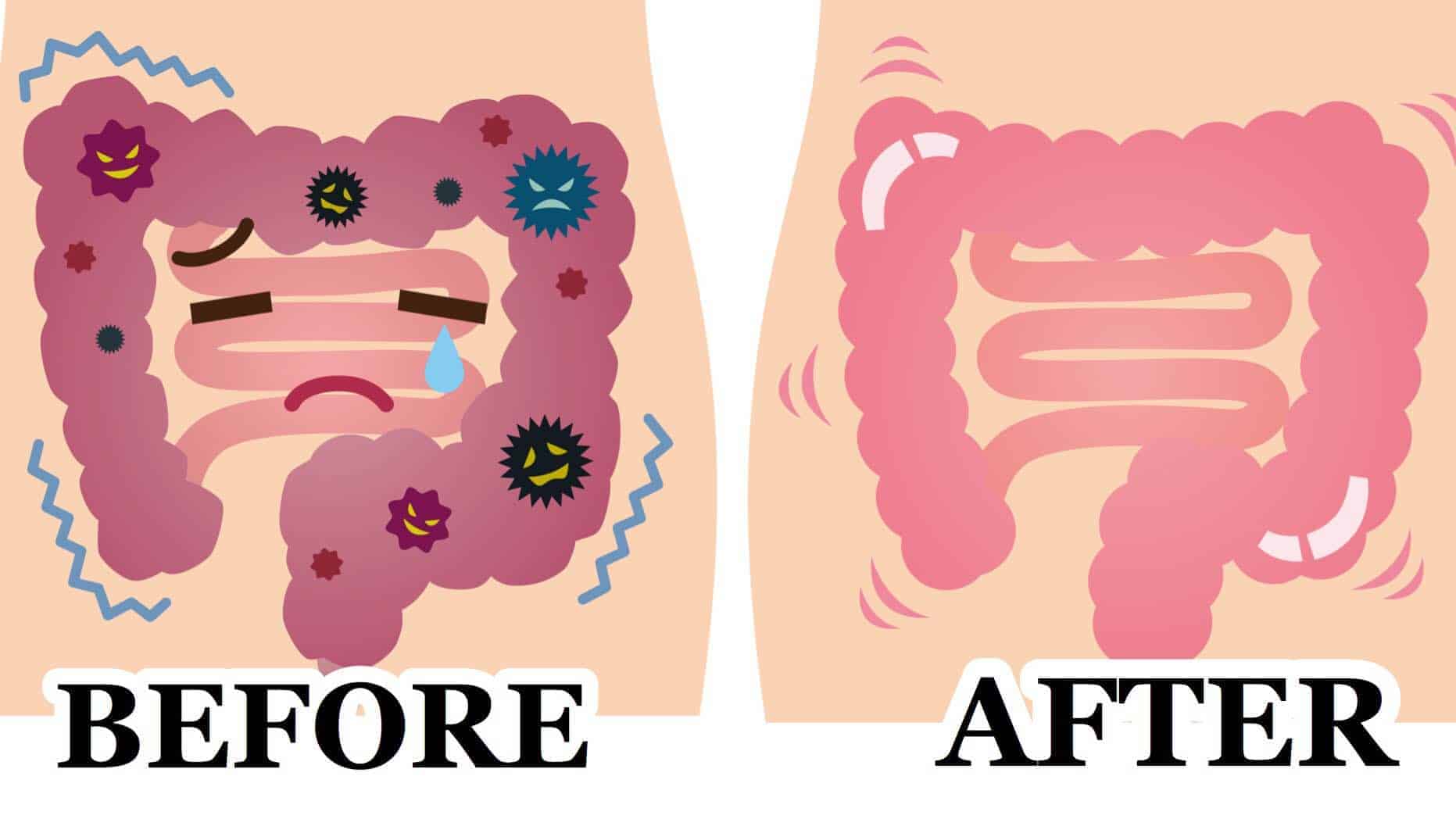Individuals with celiac disease, a hereditary autoimmune condition that affects 3 million Americans, or roughly 1 percent of the population, must avoid gluten. – U.S. News and World Report
The chances are that you have heard all of the hoopla surrounding this “gluten,” but are unsure about what the hubbub is all about. Well, let’s (attempt to) properly educate you before going any further.
Gluten is an ingredient – a protein composite – found in several types of grains, including barley, rye, spelt and wheat. Gluten comprises of two proteins: gliadin and glutenin.
Your next question may be “Is gluten bad?” Not necessarily from a medical perspective; unless you have celiac disease (CD) or are gluten intolerant. CD is a hereditary condition that requires the person to abstain entirely from gluten. Gluten intolerance (i.e. Gluten Sensitivity) is defined as “digestive and (other) health problems caused by eating gluten or wheat.”
The debate about whether or not gluten is “healthy” persists, and is beyond the scope of this article. Various medical publications conclude that abstinence from gluten without any medical reason, such as CD or wheat intolerance, can deprive a person of necessary nutrients.
This article focuses on methods of purging the body of gluten. The five methods described below are incredibly healthy and helpful for people who do not tolerate gluten well.
For the gluten intolerant, or for those that have been “glutened” (having eaten the stuff with a medical condition accidentally) this article is for you.
Here are five ways to flush gluten out of your body:
1. Rest, rest, and rest
For someone who can’t tolerate gluten, the physiological effects of consumption can be stressful and worrisome. For children with CD, for example, consuming gluten can lead to stomach pain and cramping, chronic diarrhea, constipation, vomiting, fatigue, irritability, and other severe symptoms.
It is certainly not advisable for a person experiencing the nasty aftereffects of gluten ingestion to carry on as usual. The “treatment” regimen of rest – and other recommendations forthcoming – should get you back to feeling normal within a couple of days.
2. Eat probiotics
Probiotics are healthy bacteria for the gut – and should be considered an essential in flushing the body of gluten. Consuming gluten wreaks havoc on the gut, including the gastrointestinal tract (GI) and other parts of the digestive system. Probiotics will keep some of the nasty side effects at bay until the gut can recover.
Probiotic-rich foods include sauerkraut, fermented vegetables, miso soup, tempeh, pickles, kefir, and yogurt. Natural foods are the best sources of probiotics, though quality supplements are available on the market.
3. Drink water
Drinking plenty of water helps to flush any toxins or unnatural fluids that have accumulated in the system. Additionally, consuming gluten may lead to an array of symptoms which water may help alleviate; these symptoms include brain fog, diarrhea, fatigue, constipation, headaches, and dizziness.
Gas and bloating is another common issue, and a combination of warm water with ginger and lemon may help. Coconut water, high in electrolytes, may help to expedite the body’s recovery from glucose exposure.
4. Avoid “trigger foods”
Certain foods may exacerbate the symptoms associated with gluten intolerance. Any known foods that cause the slightest of allergic reactions are best avoiding, as are any foods that may counteract the body’s attempts of eliminating gluten. Common foods that fit this description include dairy, eggs, nuts, seeds, and gluten-free grains.
Here are some well-tolerated foods to consider: sweet potatoes, fruits, vegetables, organic meats, and quality fats. Avocados, coconut oil, and olive oil are all considered “healing fats” by some.
5. Light exercise
Depending on the severity of symptoms, a light workout – one just enough to stimulate blood circulation – may assist with gluten recovery. Proper circulation of blood permits the transporting of oxygen and nutrients to organs and muscles – something considered essential when recovering from illness.
Dynamic stretching is a good regimen for those recovering from gluten exposure and accomplishes the aims mentioned above.
Dynamic stretching exercises involve “(moving) a muscle in and out of the stretched position in a controlled and repeated manner.” Examples of dynamic exercises include arm circles, front lunges, jumping jacks, high knees, and side lunges.
If you’re too tired or weak to perform dynamic stretches, try simple stretching exercises instead. (Think “chair exercises” that people do at work.)















 Community
Community

